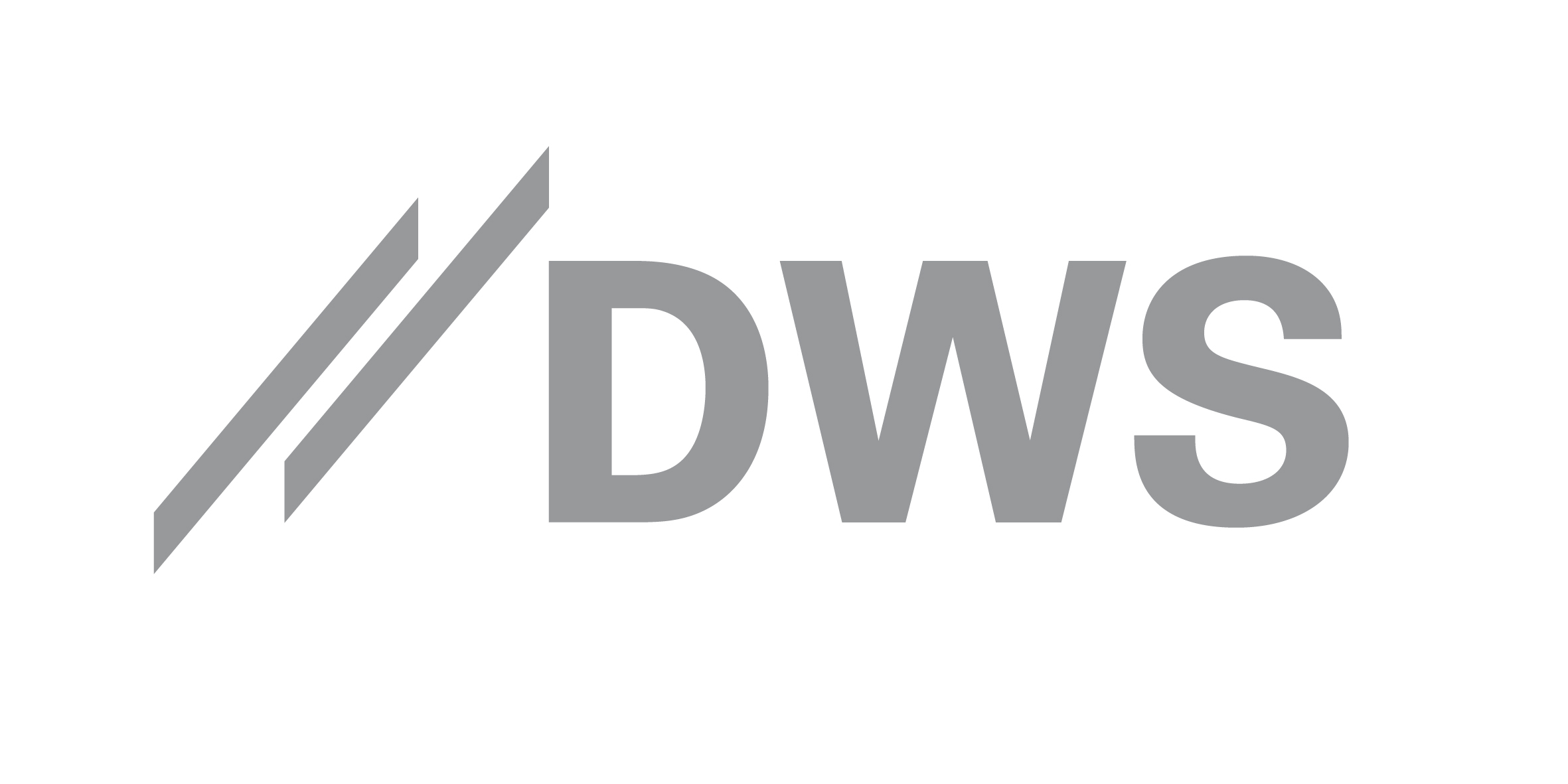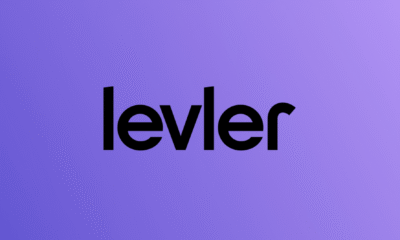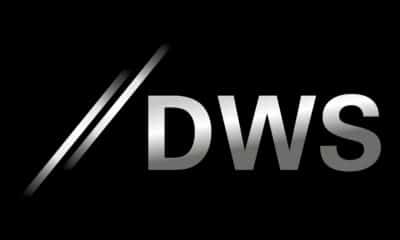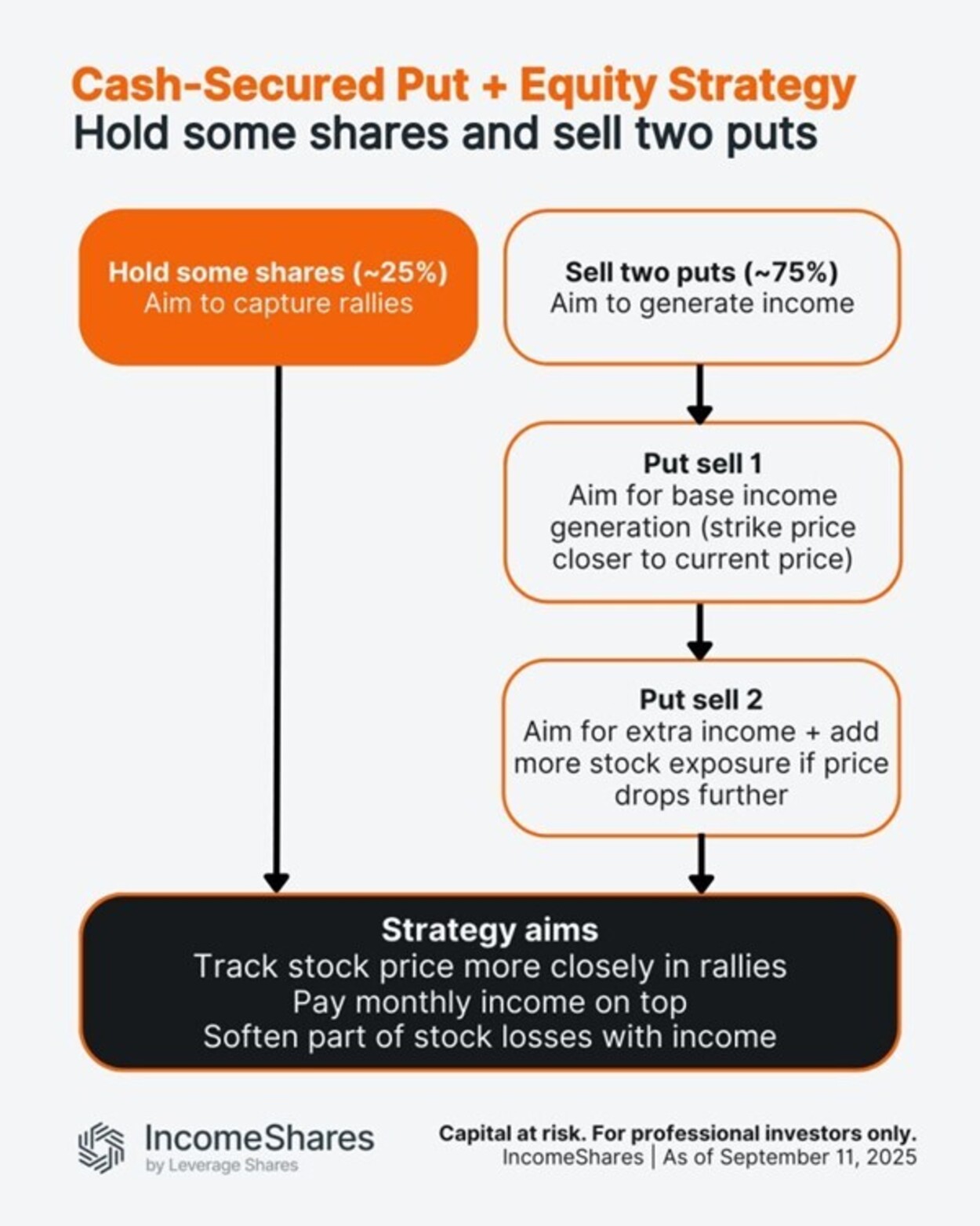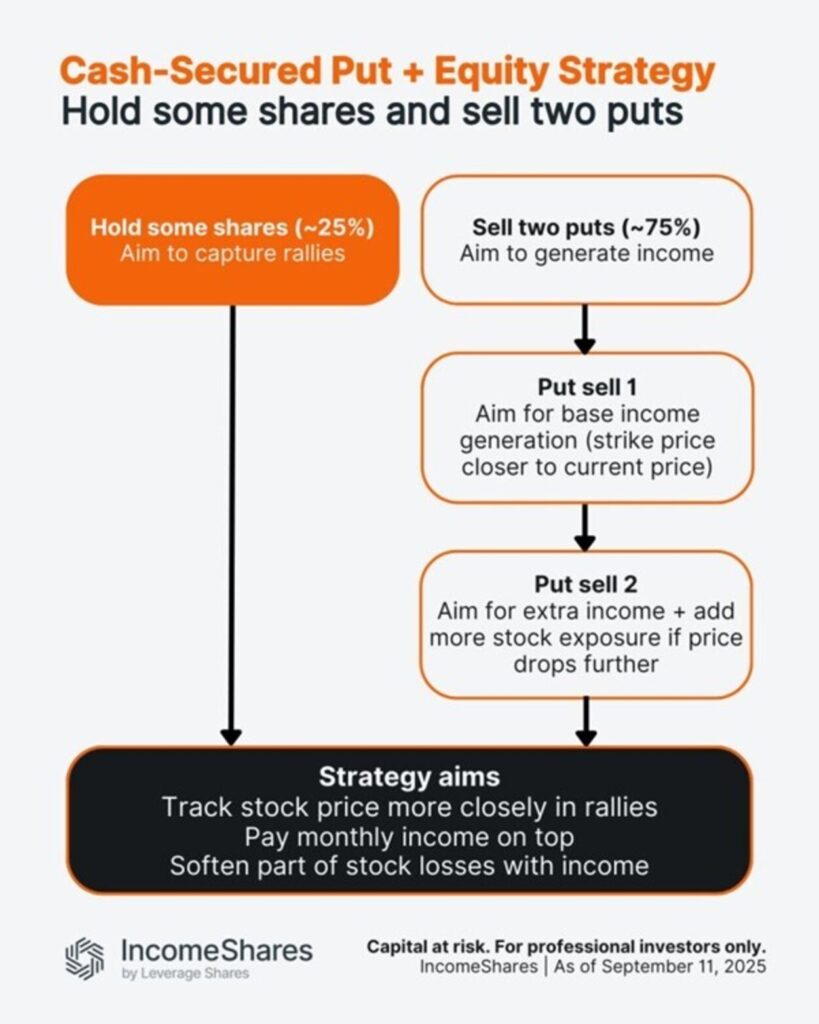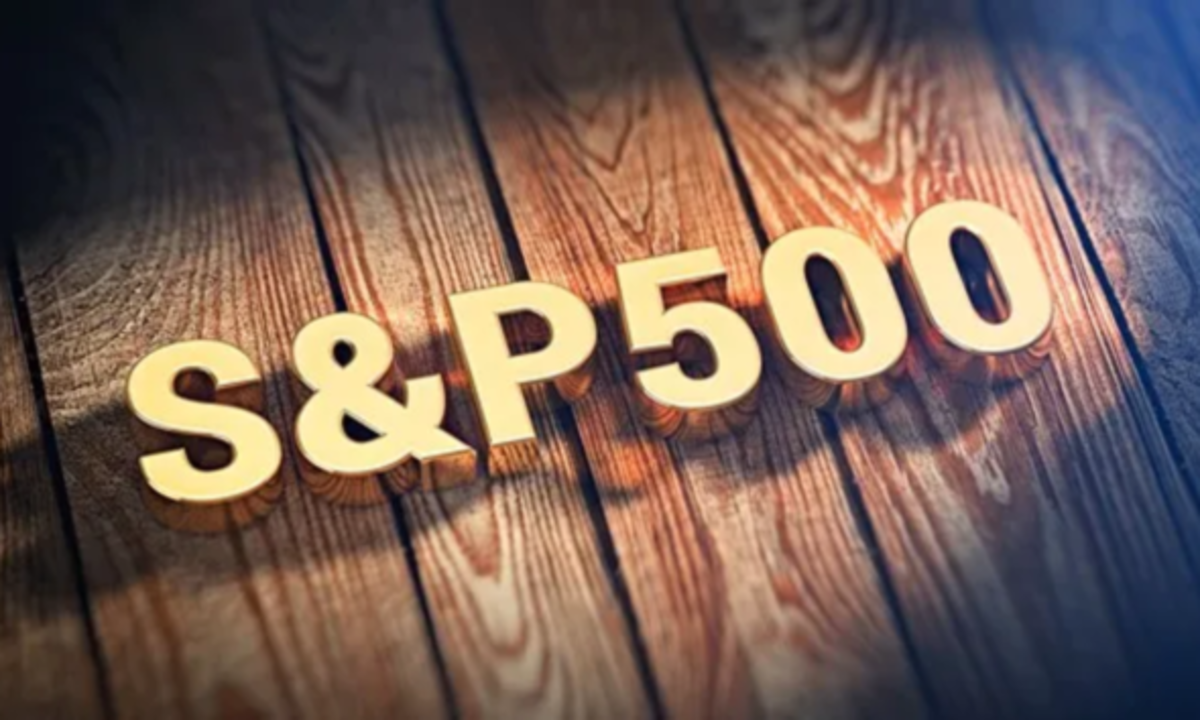Global ETP sector again records net inflows in November; Another strong month for American ETP market; Substantial inflows for Equity ETFs in particular; Asia ETFs recorded significant outflows; Positive trend for Bond ETFs at an end for now.
Europe Monthly ETF Market Review; Deutsche Bank Markets Research
Data as at: 30.11.2015 Global ETP sector again records net inflows in November
Global ETP Market In and Outflows:
• The global ETP industry continued to grow during November. After net inflows totaling US dollar 34 billion in October, the November figure was a further US dollar 25.7 billion. As such, the industry now manages US Dollar 2.9 trillion. (p. 1, 23)
• As in the previous month, the American ETP sector was the driver of this growth. It contributed US dollar 26 billion to global growth. Since the start of the year US ETPs have secured virtually US dollar 200 billion. In keeping with the previous month, inflows from Equity ETFs dominated with US dollar 25 billion.
• The trend for Bond ETFs turned negative in November. In contrast to worldwide inflows of US dollar 14.5 billion for this segment in October, during the month just past investors withdrew US dollar 47 million. (p. 23)
• Inflows also declined for Commodities ETCs. After a plus of US dollar 789 million in October, the past month saw a minus of US dollar 153 million. (p. 23)
• In parallel with the American ETP sector, the European ETF sector continued to grow during November. Following net inflows of US dollar 6.9 billion for October, the sector secured US dollar 3.4 billion in November. Equity ETF inflows also dominated in this case. (p. 23)
• Conversely, Asian ETPs saw a continuation of the negative trend of the previous month. Investors withdrew US dollar 3.7 billion. Equity ETFs were particularly affected with outflows running to US dollar 3 billion. In fact, Bond ETFs also recorded a decline. (p. 23).
European ETF Market In and Outflows
Equities
• The positive trend for European ETFs continued during November. In total, the sector recorded net inflows of Euro 3.1 billion, compared with October’s Euro 5.9 billion. This was primarily due to Bond ETFs with net inflows of Euro 515 million which was significantly lower than the previous month (+ Euro 3.5 billion). At the same time, net inflows for Equity ETFs at Euro 2.5 billion were slightly higher than in October (+ Euro 2.4 billion). (p. 23)
• ETFs on US Equities were particularly in demand with European investors. With net inflows of Euro 637 million, US Equities accounted for one quarter of positive Equity ETF cash flows, followed by Global Indices (+ Euro 436 million) and Japanese Equities (+ Euro 387 million). This marked a trend change for US Equities after investors withdrew capital totaling Euro 227 million from this segment in October. Net inflows recorded by ETFs on European Equities fell to Euro 54 million after Euro 1.1 billion the previous month. (p. 25)
• Since the start of the year, cumulative net inflows recorded by ETFs on broadly-based European Equity Indices total Euro 20.3 billion, although during November the trend showed a slight change with investors withdrawing Euro 279 million from this segment. (p. 25)
• The positive shift in ETFs on Emerging Markets continued in November. This segment recorded a further Euro 6 million following Euro 824 million in October. Since the start of the year however, Emerging Markets ETFs have registered total outflows of Euro 1.9 billion. (p. 26)
• Having said that, during November inflows for ETFs on large Emerging Markets declined, in particular India ETFs where investors withdrew Euro 225 million. Positive inflows were recorded by ETFs on international Emerging Markets Indices. (p. 26)
• Strategy ETFs achieved a turnaround in November again registering inflows of Euro 178 million, after October’s outflows of Euro 481 million. (p. 24)
Bonds
• The positive trend for Bond ETFs also progressed in November, although net inflows of Euro 0.5 billion were significantly lower than the October figure (+ Euro 3.5 billion). (p. 26)
• In this arena, ETFs on Corporate Bonds accounted for the highest inflows with Euro 1.7 billion. This exceeded the October inflows figure. From an annual viewpoint, Corporate Bonds have registered net inflows amounting to Euro 13.1 billion. (p. 26)
• The positive trend over recent months for Sovereign Bonds has come to an end for the time being. Investors withdrew Euro 1.3 billion from this segment. (p. 26)
Commodities
• European Commodities ETPs registered Euro 166 million in November after Euro 340 million during October. (p. 27)
•While ETFs on Industrial Metals did once again generate slightly positive cash flows, ETFs on Precious Metals shed Euro 167 million contrasted with October when this segment had made a positive contribution to inflows. (p. 27)
Most Popular Indices
• In November, investors showed interest in Real Estate and Dividend ETFs. As such, ETFs on Real Estate Equity Indices in particular came high up the lists. (p. 28)
• The most popular Equity Indices in November were the S&P 500, the Euro STOXX 50 as well as the Stoxx 600. (p. 28)
• In the Bond arena, ETFs on Corporate Bond Indices in particular proved to be some of the most popular indices. (p. 28)
The risks of ETFs include the following:
─ ETFs with indirect replication carry a counterparty risk of max. 10% of the net book value from derivatives transactions according to restrictions set out in OGAW/UCITS III.
─ The value of ETF units can be negatively influenced by legal, economic or political changes, market volatility and/or volatility in the assets of the sub-fund and/or the reference object.
─ The value of ETF units can fall at any time below the price that the investor paid for the fund units. Losses can result.
─ The value of ETF units can be negatively influenced by fluctuation in exchange rates.
A detailed illustration of risks is portrayed in the comprehensive and abridged sales prospectuses. You can obtain a free copy of comprehensive and abridged sales prospectuses from your relationship manager in the Investment & Finance Centers Deutsche Bank, at Deutsche Bank AG, TSS/Global Equity Services, Taunusanlage 12, 60325 Frankfurt am Main as well as online at www.etf.deutscheawm.com
This document is purely promotional material. The statements in this document are in no way investment advice. Full details on sub-funds, including risks, can be found in the latest edition of the comprehensive sales prospectus. This, in conjunction with current key investor information, form the sole binding sales document for the sub-fund. Investors can obtain free paper copies of these documents in German as well as copies of the Articles of Association and most recently published Annual and Half-Year Reports from the Paying and Information Agent, (Deutsche Bank AG, Institutional Cash & Securities Services, Issuer Services, Post IPO Services, Taunusanlage 12, 60325 Frankfurt am Main (Deutschland)) or alternatively as a download from www.etf.deutscheawm.com. All opinions reflect the current view of Deutsche Bank AG, which can be amended without prior notice. As stated in the relevant sales prospectus, distribution of the above-mentioned sub-funds is restricted in certain jurisdictions. As such, the sub-funds listed in this document may not be offered for purchase nor sold within the USA, nor directly to or on account of US persons, nor to persons resident in the USA.
This document and the information contained therein may be distributed or published only in those countries where the relevant local legislation permits it. Direct or indirect distribution of this document is prohibited in the in United States, as is forwarding to US persons or person resident in the USA. Information contained in this document is promotional material and not a financial analysis. This promotional material is neither subject to any statutory requirements on impartiality of financial analyses nor to any prohibition of trading prior to publishing financial analyses. Past performance is not a reliable indicator of future performance. Performance is calculated according to the BVI (the association for investment fund management companies and investment funds) method, i.e. excluding the front-end load. Individual costs such as fees, commissions and other charges are not included and would have a negative impact on performance. Due to their composition or the techniques used for fund management, sub-funds may be subject to increased volatility (value fluctuation). The registered office of db x-trackers (RCS-No.: B-119.899), a company registered in Luxembourg, is 49 Avenue J.F. Kennedy, L-1855 Luxembourg. db x-trackers® is a registered brand name of Deutsche Bank AG. Supplementary Information for Investors from the Federal Republic of Germany German-language versions of the Prospectus, Key Investor Information, Articles of Association, as well as the Annual and Half-Year Reports can be obtained in electronic or print form for free from Deutsche Bank AG, TSS/Global Equity Services, Taunusanlage 12, 60325 Frankfurt am Main, Germany and can also be accessed on the Internet at www.funds.db.com.

 Nyheter3 veckor sedan
Nyheter3 veckor sedan
 Nyheter2 veckor sedan
Nyheter2 veckor sedan
 Nyheter3 veckor sedan
Nyheter3 veckor sedan
 Nyheter4 veckor sedan
Nyheter4 veckor sedan
 Nyheter3 veckor sedan
Nyheter3 veckor sedan
 Nyheter1 vecka sedan
Nyheter1 vecka sedan
 Nyheter3 veckor sedan
Nyheter3 veckor sedan
 Nyheter1 vecka sedan
Nyheter1 vecka sedan
